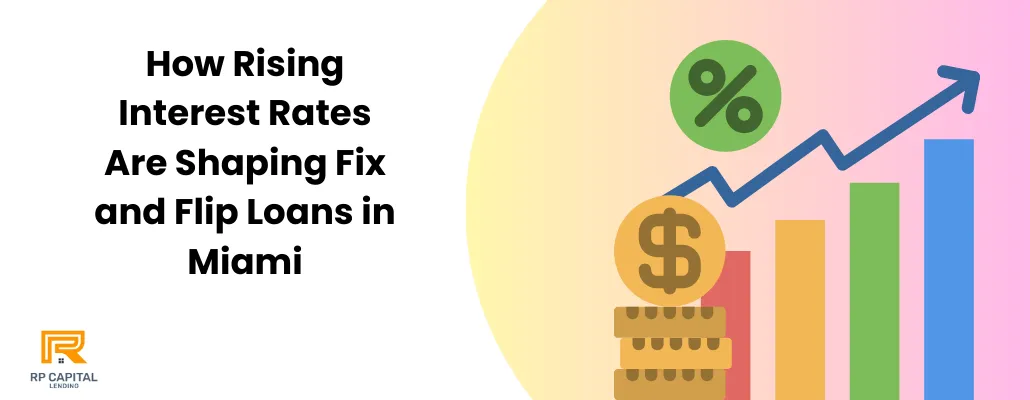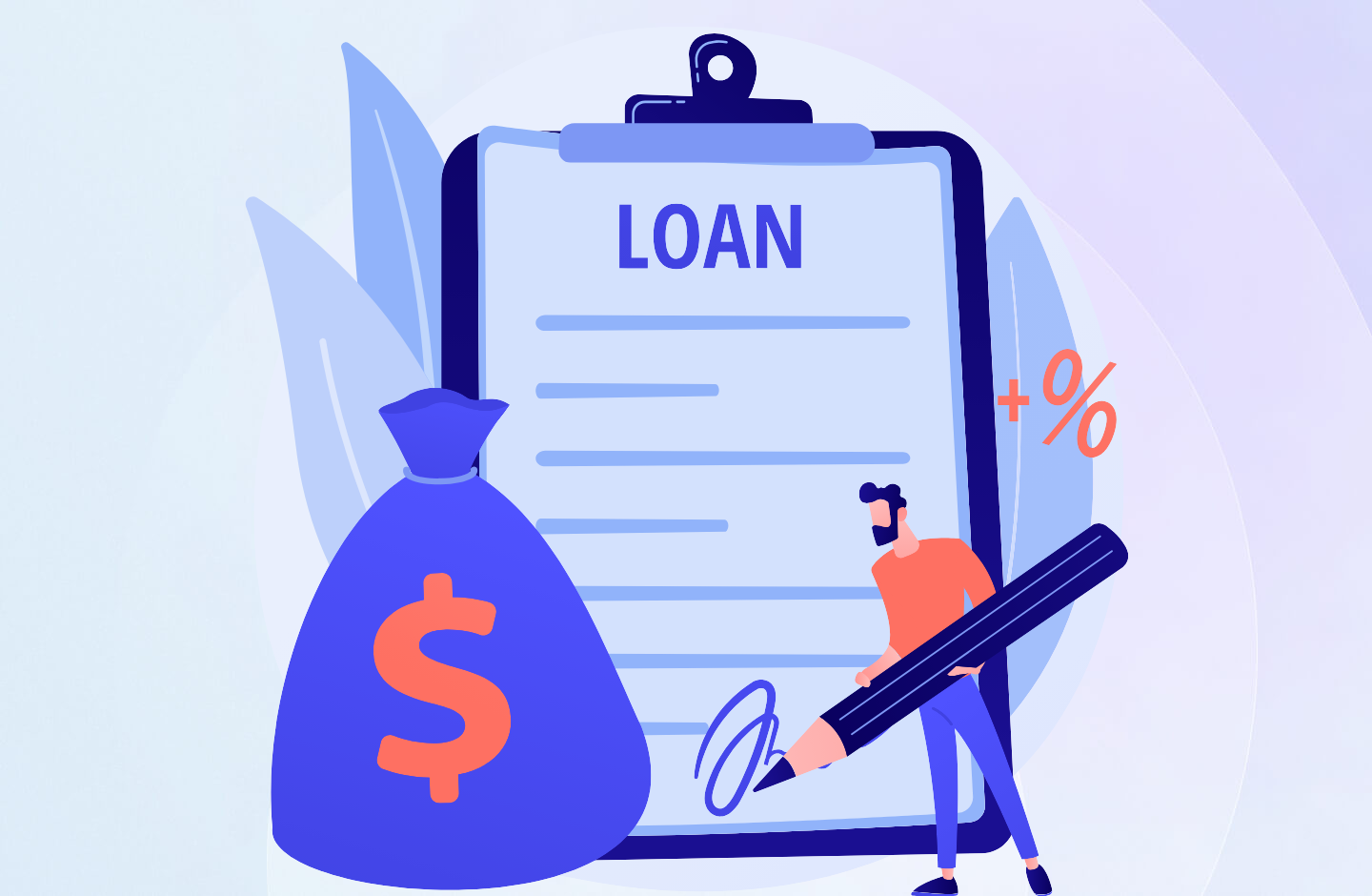Blog

How Rising Interest Rates Are Shaping Fix and Flip Loans in Miami
The vibrant Miami real estate market has long been a hotbed for fix-and-flip investors. But with interest rates on the rise, the landscape is changing. Are you prepared to adapt to these shifts and continue profiting from your investments?
Understanding how these interest rate changes impact your financing options is key to staying ahead in this competitive market.
What Are Fix and Flip Loans?

Fix and flip loans are short-term financing options specifically designed for real estate investors who purchase properties with the intention of renovating them and then quickly selling them for a profit.
These loans are tailored to meet the unique needs of house flippers, providing the necessary capital to acquire a property, fund the renovation, and cover the holding costs until the property is sold.
How Interest Rates Are Impacting Fix and Flip Loans in Miami?

Rising interest rates are making waves in the real estate market, particularly for fix-and-flip investors. These rate changes have both immediate and long-term effects on the profitability and feasibility of projects. Here’s how:
1. Increased Borrowing Costs
Higher interest rates lead to increased borrowing costs for fix-and-flip loans, making it more expensive to finance property purchases and renovations.
As loan payments rise, profit margins can shrink, putting pressure on investors to find better deals or reduce costs elsewhere.
2. Tighter Profit Margins
With higher interest expenses, the overall cost of the project increases, squeezing the potential profits.
Investors may need to adjust their expectations or explore ways to cut costs in renovation without compromising quality.
3. Greater Emphasis on Quick Turnarounds
Rising interest rates can incentivize investors to complete projects faster to minimize the impact of higher carrying costs.
The need for speed might lead to faster decisions but can also increase the risk of overlooking important details in the renovation process.
4. Shifting Market Dynamics
As borrowing costs increase, some buyers might be priced out of the market, leading to potential changes in property demand.
Investors may need to adapt their strategies, such as targeting different buyer demographics or investing in more affordable properties.
5. Challenges in Refinancing
Refinancing options might become less attractive as interest rates rise, affecting the ability to secure better loan terms or pull out equity for future investments.
This can limit the flexibility of investors who rely on refinancing to fund additional projects.
Strategies for Navigating Interest Rate Changes
1. Lock in Lower Rates Early:
Secure financing at current rates before anticipated increases to reduce future borrowing costs.
2. Focus on High-ROI Projects:
Prioritize investments with the highest potential returns to offset the impact of higher interest rates.
3. Build Strong Relationships with Lenders:
Strong lender relationships can lead to better loan terms and flexibility, especially in a rising rate environment.
4. Consider Alternative Financing:
Explore options like private lenders or hard money loans that might offer more competitive rates or flexible terms.
FAQs
1. How do rising interest rates specifically affect fix and flip loans?
Rising interest rates increase the cost of borrowing, which directly impacts the profitability of fix-and-flip projects. Investors face higher loan payments, which can reduce their profit margins.
2. Can I still make a profit on fix and flips with higher interest rates?
Yes, but it requires careful planning and strategy. Focus on finding properties with significant upside potential and aim to complete projects quickly to minimize carrying costs.
3. Should I be worried about rising interest rates as a fix and flip investor?
While rising rates present challenges, they also offer opportunities. Adapting your investment strategy and being more selective about projects can help you continue to profit.
4. Are there ways to mitigate the impact of higher interest rates on my fix and flip business?
Yes, locking in lower rates early, exploring alternative financing options, and focusing on high-ROI projects can help mitigate the impact of rising interest rates.
5. What alternatives do I have if traditional financing becomes too expensive?
Consider alternative financing options such as hard money loans, private lenders, or partnerships. These may offer more flexible terms, even if the interest rates are higher.
Conclusion:
The rise in interest rates is reshaping the fix and flip market in Miami, presenting both challenges and opportunities. By understanding the impacts and adapting your strategies, you can continue to find success in this dynamic environment. Whether it's locking in rates, focusing on high-ROI projects, or exploring alternative financing, staying informed and flexible will be key to maintaining profitability in the face of rising costs.
RP Capital Lending is a d.b.a of RP Capital Partners Inc (NMLS # 2469193) | Privacy Policy
Copyright © 2022. All Rights Reserved.
Disclaimer: Loans only apply to non-owner occupied properties. Rates, terms and conditions offered only to qualified borrowers, may vary upon loan product, deal structure, other applicable considerations, and are subject to change at any time without notice.

